Oilseed demand lifts acreage
By Nicholas Robertson
4th May, 2022
Significant increases to crop input prices hasn’t slowed the efforts to plant this year’s winter crop as almost the entire east coast has been gifted a well-timed and wide-spread autumn break. From southern Queensland down to southwest Victoria, growers are sowing into healthy moisture reserves with crop germination following as quick as can be hoped for. After years of drought, it is heartening to see east coast farmers shaping up for potentially a third successive productive winter cropping season. Adding to confidence levels is the predictions for the La Nina weather pattern to continue into winter.
Canola has surpassed $1,000 per tonne delivered upcountry and with ideal moisture through April it is expected that plenty will go in the ground. NSW growers alone could increase canola acreage by 10-20% according to some reports. Much of the growth is expected to be in northern NSW where rotations could allow substitution of chickpeas for canola. Gross margins for chickpeas aren’t stacking up and while canola is deemed riskier with a dry finish, ground moisture is ample, and strong global oilseed demand is sending the message to increase acres.
To the naked eye, a big canola plant does look likely, however there have been a few issues for growers to navigate. Canola seed availability has been a hot topic amongst resellers with the wet harvest downgrading much of last years seed crop. As a supplier of canola seed for our own specialty canola program reports of seed shortages and missed orders have been more common than usual. Fortunately, despite last minute crop rotation changes AWB have been able to accommodate growers with Hybrid canola seed for a significant 2022 program.
There has been plenty of discussion about the impact on markets of the ongoing Black Sea conflict, however other market movers are beginning to emerge. Higher commodity prices usually encourage farmers domestically and internationally to increase acreage of the high-priced commodities and it’s not only Australian farmers seeing high oilseed pricing. Farmers throughout the America’s have or are looking to increase acreage in soybeans and sunflowers however StatsCan reported last week that rapeseed acreage is potentially lower in Canada.
With the ongoing Black Sea conflict, energy markets continue to be volatile through much of Europe and many consumers are noticing this in the household cost of living. Germany itself appears to be struggling with finding alternatives to Russian energy supplies. There has been talk about changing the biofuels mandate in Germany to combat high energy prices for consumers meaning less canola may find its way into energy market and thus loosening up the supply and demand.
Canola provided one of the highlights of the 2021/22 season for many New South Wales growers. While there is still plenty to do before this seasons end, the markets and mother nature are seemingly lining up to provide a season that could rival the last one.
Optimal conditions align for winter crop
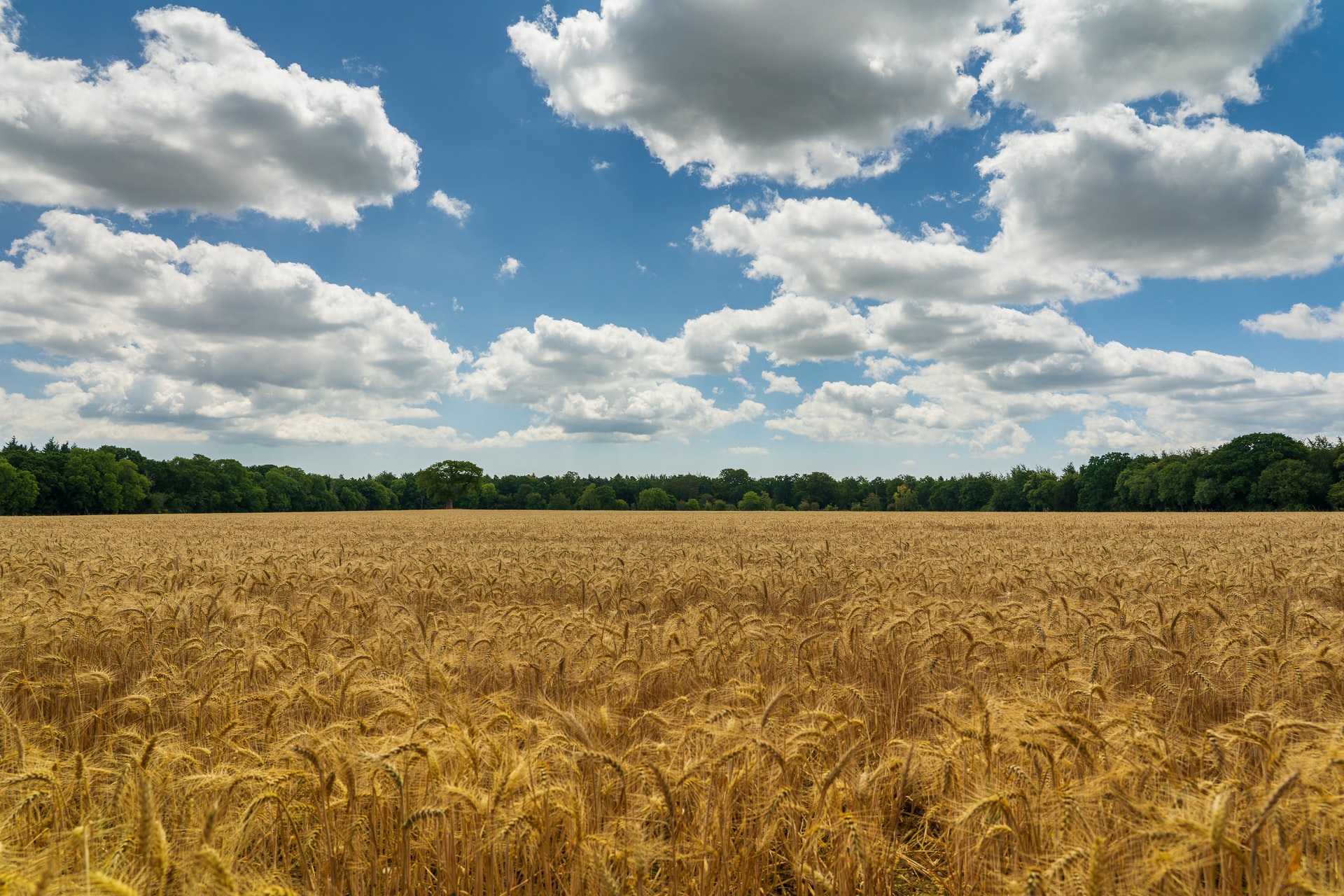
As sowing programs across the country ramp up on what for the most part is a full moisture profile, Australian farmers look primed to capitalize on record prices for their product.
Read MoreWhere to from here

In recent months 'volatile' seems to have been the word of choice to try and describe grain market movements and, given we unfortunately don't appear any closer to a resolution to the crisis in Ukraine, it appears this description is likely to remain popular for some time yet.
Read MoreExisting world grains issues persist

Another week rolls by and another round of inputs into the discussion, more forcibly argued depending on the side of the fence you sit, seller or buyer.
Read MoreWatching for the flashes
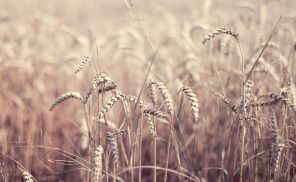
Without a meaningful resolution in sight for the crisis in Ukraine, the market continues to trade under the expectation that disruptions to Black Sea grains and oilseeds will be felt for a while yet, increasing the requirement for alternative origins to step up and fill the shortfall.
Read MoreSowing intentions start to emerge
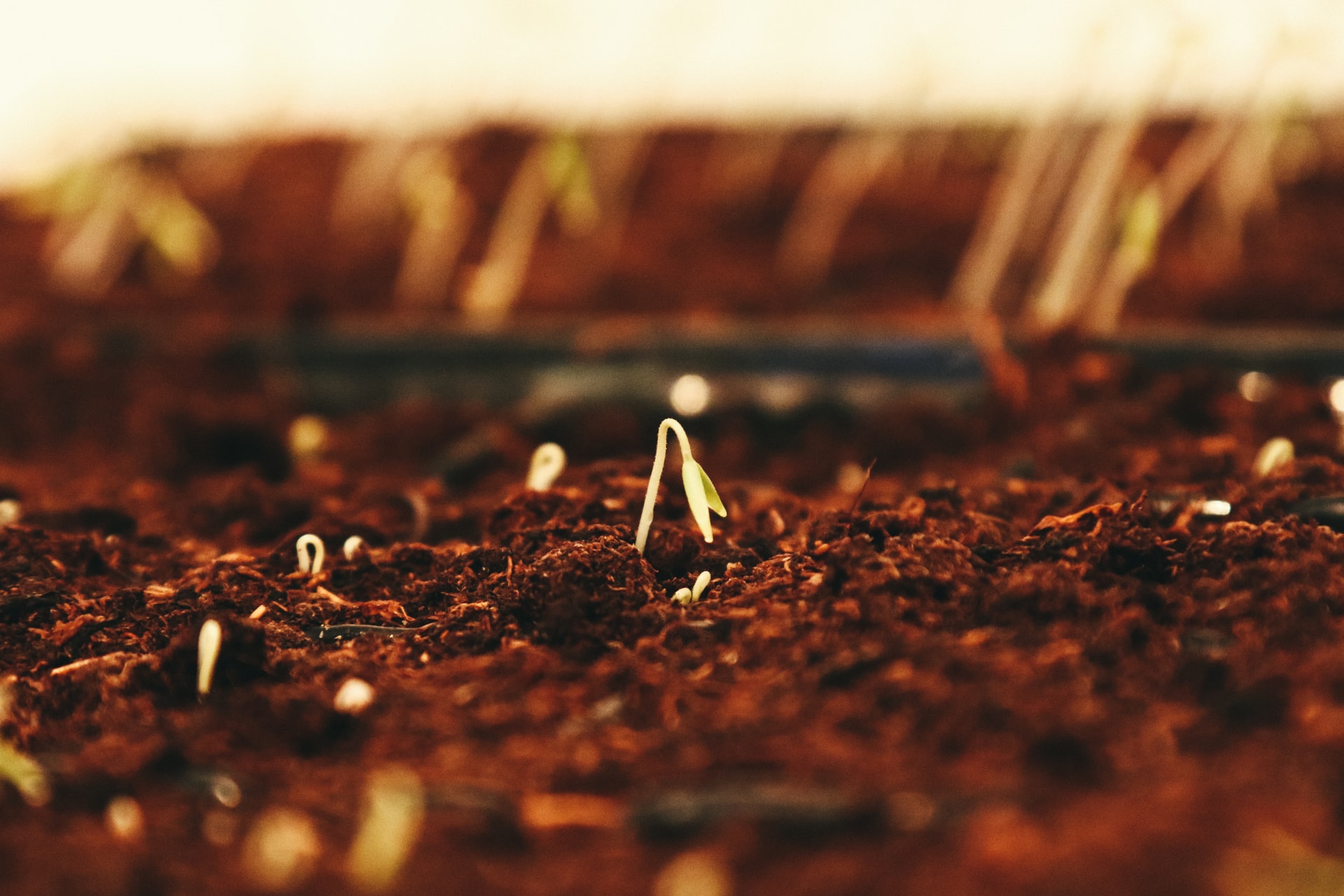
International markets continue to trade erratically on the back of expected supply chain disruptions due to the situation in Ukraine. Whilst we all hope for a swift end to the conflict, it is impossible to predict how things will progress and as such international markets continue to trade volatile ranges on a daily basis.
Read MoreSome other things to watch
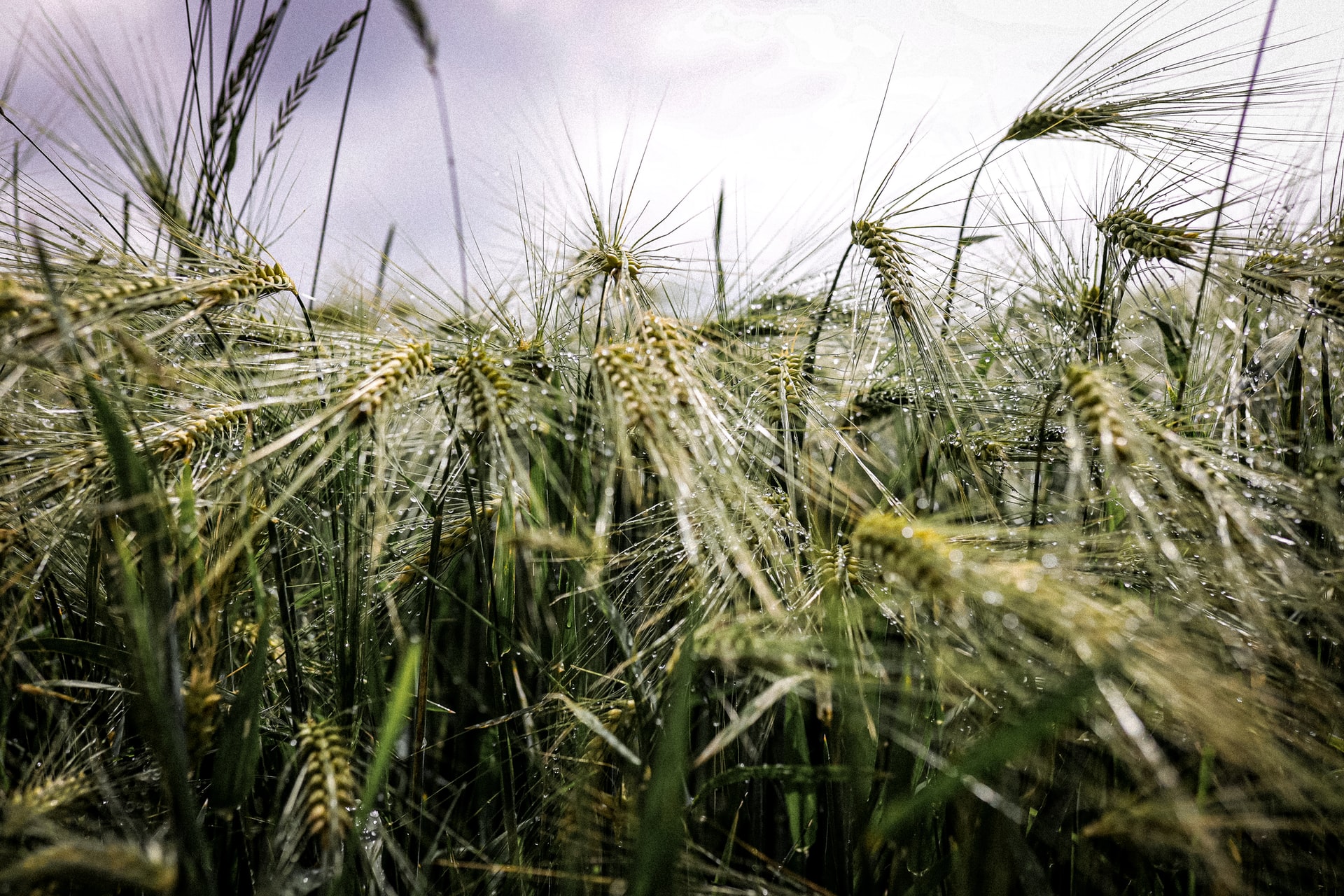
There is no doubt that the most significant influence on today's grains and oilseeds markets is the situation in Ukraine - the unknowns of what will be planted, fertilised, harvested and exported from this important region is creating a nervous trading environment, prone to jumping at shadows.
Read MoreVolatility likely to remain a key theme as we near sowing window
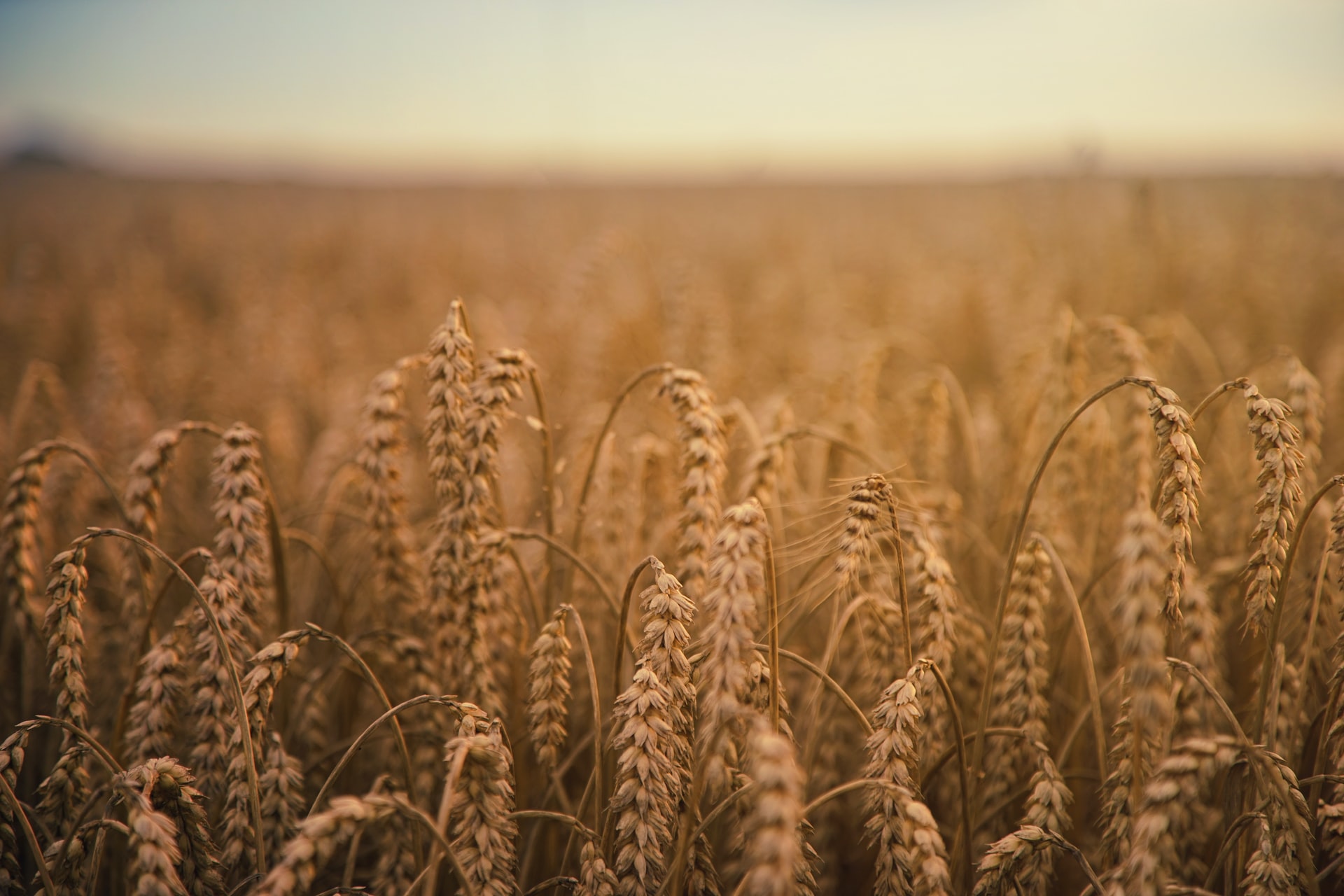
As the devastating situation in Ukraine continues to reverberate around the world, we saw the dramatic effect on commodity markets last week with large price swings as the market digests each headline.
Read MoreRecord crops but volatile prices
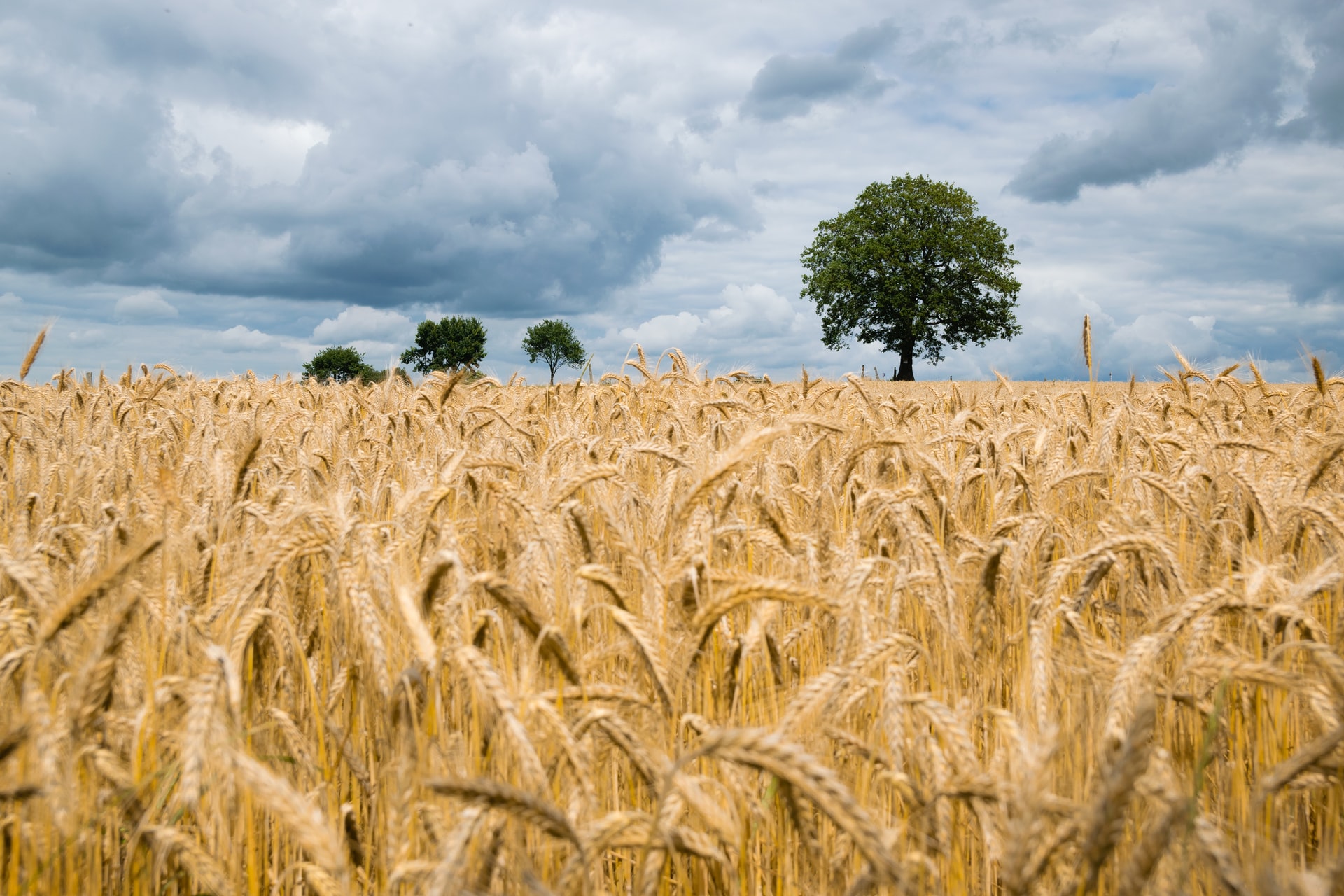
As the shock of crisis overseas settles in after two weeks since it began, unfortunately the devastating situation in the Black Sea doesn't appear to be dissipating anytime soon...
Read MoreVolatility and instability here to stay
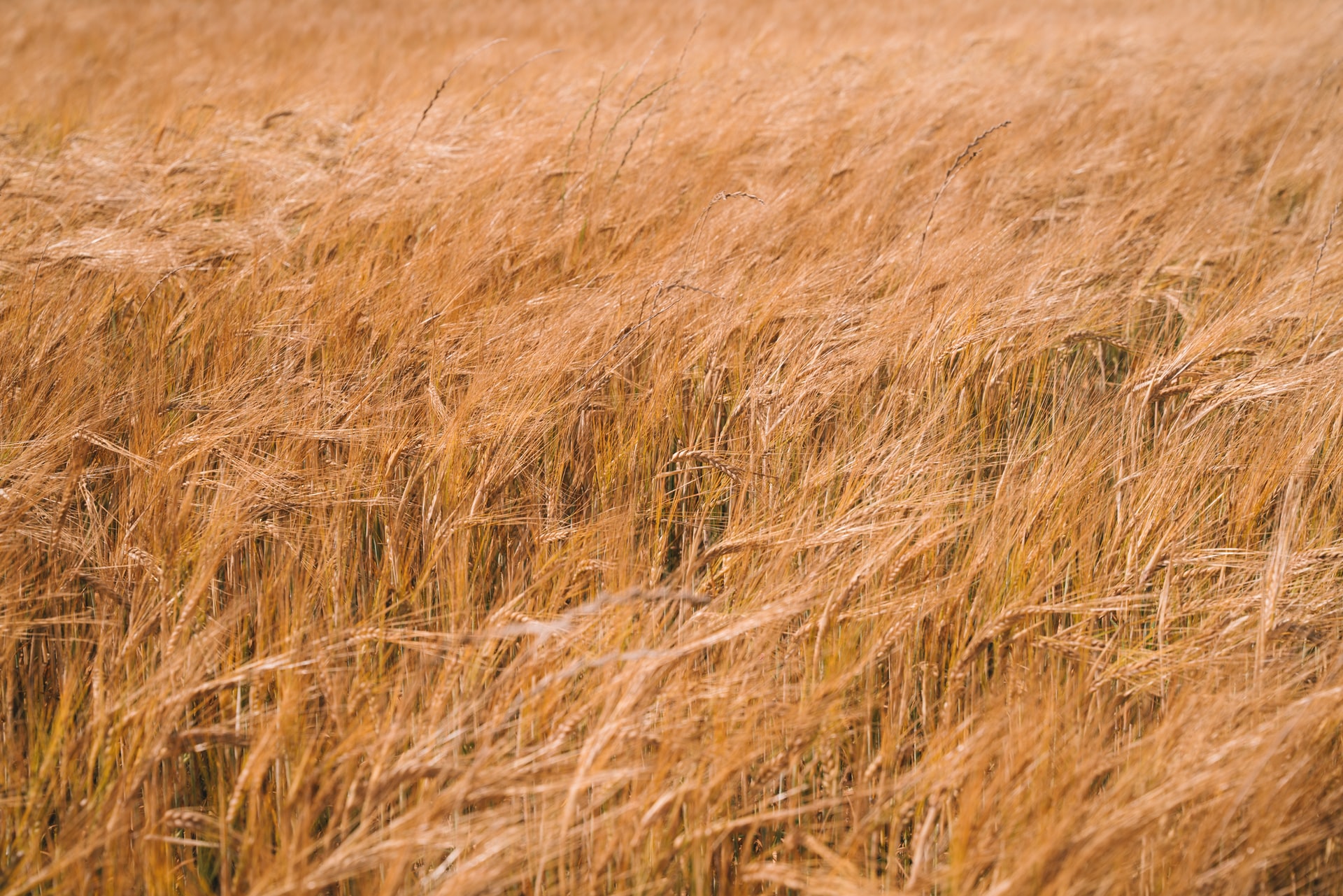
The rapid escalation of conflict in Eastern Europe is frightening, unprecedented and the toll on humanity is devastating. The uncertainty of the situation is driving Agricultural commodity markets into territory not seen in almost a decade....
Read MoreA peek into the sorghum world
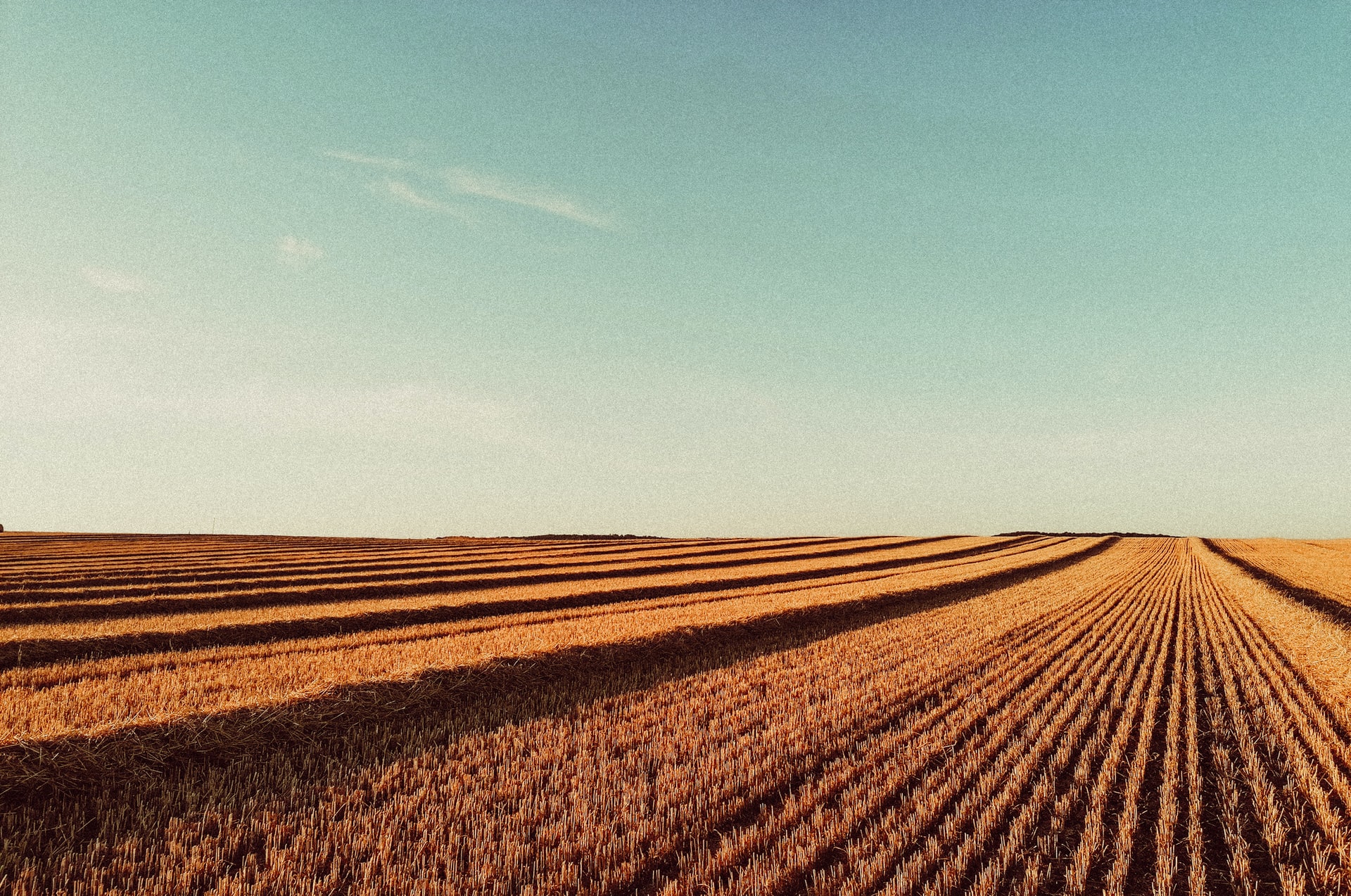
The last couple of weeks have seen favourable weather conditions that have enabled growers to make solid progress into their sorghum harvest....
Read More